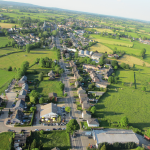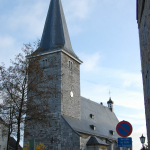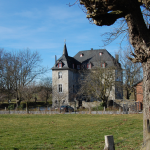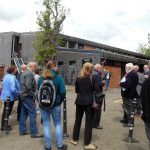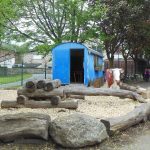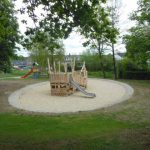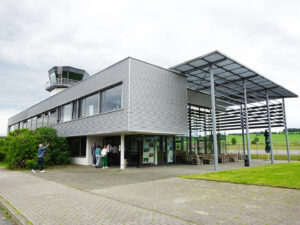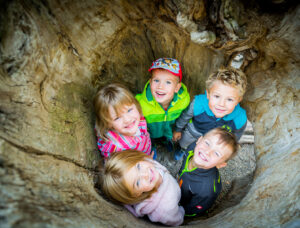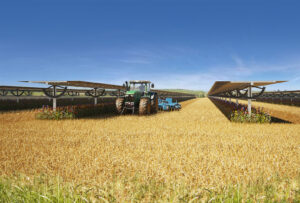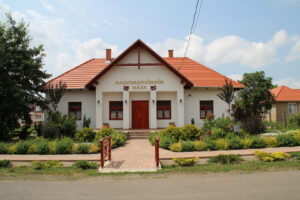
Kettenis, Eastern Beligum, Belgium
With its some 4.000 inhabitants, the village Kettenis is a periphery municipality and part of the city Eupen since 1977, thus a “village within the city”. It is located near the border to Germany, close to the city Aachen. Due to this location, the village has great economic perspectives. Although Kettenis has been part of Eupen for centuries, it maintained its own identity and – thanks to numerous clubs and festivals – kept its village character alive.
Kettenis is a “young” village with strong influx. In the last 10 to 15 years, mainly young families with children moved here. At the same time, the entire region is located within the exurbs of Aachen, which emanates through its higher educational institutes. Due to the high amount of influx, the identity of the village was threatened by extinction. Thus, about ten years ago, the village group Kettenis was founded. It now has 20 active members. Due to Belgian conditions, there was no possibility to access regional funding programmes and there was a lack of financial means to implement larger structural investments. Additionally, many competences are with the city of Eupen or Wallonia. Therefore, the focus was put mainly on projects to improve the life quality of the village that could be implemented without larger sums of money: enriching the natural and recreational landscape, the togetherness of all generations, the maintenance of cultural traditions and the integration of newcomers. The village group puts instigates broad civic participation and helps to achieve a high amount of voluntary commitment. With the support of the active population, massive and successful lobbying is undertaken with the city of Eupen in order to achieve the realisation of larger structural creations.
One project with small financial but great effort in opinion making and voluntary work is the revitalisation of the “Stieglwege”, old pathways across private fields that were used for churchgoing. They were expanded with “listening spots” and other pedagogic elements. Another example would be the so called “elderberries playground” on school grounds, which was also constructed autonomously. Also remarkable are the numerous activities aimed to integrate the many new young families. More financial effort, that was fought for and granted by the city responsibles, was needed for the construction of a new school, the remodelling of the old town hall into a club house, playgrounds, the multi-generations-park, the large sports and festival hall in the core of the village, the youth center and the soccer field.
It is outstanding that all measures that are implemented serve to create places of meeting and identity. This idea is also noticeably anchored in the minds and hearts of the inhabitants. There is a focus on partnership with the city Eupen and due to this openness, the village can maintain its identity and achieve goals for the village as well as goals in the communal interest – even without its own competences and financial means.
Evaluated: 2016

